First published in 1984 by
Kegan Paul International Limited
Published 2014 by Routledge
2 Park Square, Milton Park, Abingdon, Oxon OX14 4RN
Simultaneously published in the USA and Canada
by Routledge
711 Third Avenue, New York, NY, 10017, USA
Routledge is an imprint of the Taylor & Francis Group, an informa business
A. K. Kazi and J. G. Flynn 1984
All rights reserved. No part of this book may be reprinted or reproduced or utilised in any form or by any electronic, mechanical, or other means, now known or hereafter invented, including photocopying and recording, or in any information storage or retrieval system, without permission in writing from the publishers.
British Library Cataloguing in Publication Data
A catalogue record for this book is available from the British Library
ISBN 13: 978-0-710-30063-8 (hbk)
ISBN 13: 978-0-415-86166-3 (pbk)
Publishers Note
The publisher has gone to great lengths to ensure the quality of this reprint but points out that some imperfections in the original copies may be apparent. The publisher has made every effort to contact original copyright holders and would welcome correspondence from those they have been unable to trace.
When engaged in research in Muslim theology we found that, though there were a number of works in the English language on the subject which quoted original sources, apart from Seelyes translation of Baghdds al-Farq bain al-Firaq, there were no other translations in English of any other of the main sources for the theological thought of the Muslim sects. The need for further translation was apparent, especially as we found that Seelyes translation, which first appeared in 1910, was in need of revision. Because it was indispensable as a service-book, it appeared to us that there was no more useful work that could be translated than Shahrastanis Kitb al-Milal wa l-Nial. We accordingly translated that part of al-Milal which deals with Muslim sects.
The greater part of our translation first appeared in a number of issues of Abr-Nahrain. This translation revised and improved, together with a translation of Shahrastanis long introduction, forms the present work. We express our thanks to E. J. Brill for their courtesy in giving permission to make use of the material already published in Abr-Nahrain.
The majority of sources on the life of Muammad b. Abd al-Karm Amad al-Shahrastn,
Shahrastn, according to Ibn Khallikn, was a prominent imm. He excelled in the knowledge of law and was a distinguished theologian. He had also studied adth literature. He taught for a time in the Nimya at Baghdad, where he spent three years, and where he also gained popularity as a preacher.
Shahrastns school of thought
The earliest available source on the life of Shahrastn, the Trkh ukam al-Islm by al-Baihaq, who like al-Samn was Shahrastns contemporary and acquaintance, is a work of biographies of Muslim philosophers. Although Shahrastn is included among them, it is clear that Baihaq regarded him as a theologian as well as a philosopher.
Baihaq in fact criticized Shahrastn from a traditionalist point of view; but, nevertheless, he recognized him both as a philosopher and a theologian. Indeed as a philosopher his merits are considerable. Guillaume in his introduction to his edition of Shahrastns Kitb Nihyat al-Iqdm regards him as the last great philosopher of Islam before Averroes:
Serious doubts, however, were raised in the past, and have been more recently revived, as to whether Shahrastn was in reality an Asharite. Al-Subk, for example, in his abaqt, says that, according to Dhahab (AH 673/AD 1274-AH 748/AD 1348) in his History, al-Samn stated that Shahrastn was suspected of supporting Isml views. Nothing of this kind, he tells us, is said by Samn in his Dhail, though in his Tabr he accuses Shahrastn of heresy and of extreme Shite tendencies. Subk finds the accusation difficult to believe, as there is nothing in Shahrastns writings to support it, and thinks that as Samn does not mention it in his Dhail it was added to the Tabr by someone else. But even if this were so the difficulty would still remain; for Subk himself quotes the author of al-Kf, as saying, But for the confusion noticeable in his beliefs and his leanings towards the heretics, Shahrastn would be the Imm in Islm.
It is possible that neither Samn nor the author of
al-Kf wished to say more than that Shahrastn was sympathetic to the Isml faction; for
mayl, which is perhaps the key word in their statements, may be understood in this way. Subk at all events, regardless of the allegations made against Shahrastn, includes him among the Shfiite scholars. Al-afad too in
Al-Wf says that Shahrastn having been a disciple of Shfiite-Asharite teachers, himself became a theologian of the Asharite (Sunnite) school, and was an outstanding imm and
faqh.

(a work of the Imm of the Imms, Prince of the Sunnite
Shaikhs, the Crown of Religion, the Proof of Certainty, Spokesman of Truth and Pillar of Shara).
There is nothing moreover in the text of the two published works of Shahrastn which would suggest Isml tendencies, but rather the contrary. The phrase the view of our Shaikh al-Ashar occurs frequently in the Kitb al-Iqdm,
From all this it would appear that Shahrastns orthodoxy was beyond doubt, but that, in the prevailing atmosphere of his day, his frequent contact and discussions with the Isml dut (missionaries) aroused suspicion as to his orthodoxy.
The question of Shahrastns orthodoxy has today, however, once again been raised. In the library of the Iran National Assembly there is a manuscript of a tafsr work, called Maft al-asrr wa mab al-abrr, which bears Shahrastns name with the title Chief Missionary, and which begins with the famous opening of the Kitb al-Milal wal-Nial cited almost entirely: Praise be to God that is due from all the grateful, a fullness of praise for all his favours; a praise that is abundant, sincere and blessed. None of the sources on Shahrastns biography mentions this work, though, as has been said, al-Baihaq says that Shahrastn was engaged in writing a tafsr.
Dr Sayyid Nn in his introduction to the Persian translation of this work has no doubt that it is the tafsr of which al-Baihaq speaks. As the tafsr contains a considerable amount of Shite esoteric interpretation, Dr Sayyid Nn suggests that living quietly in his home No convincing reasons, however, are given by Dr Nn for this opinion; and in view of what has already been said above of Shahrastns published and unpublished works, it is more probable that the tafsr is the work of some unknown author who attributed it to Shahrastn, and cited the opening of the Kitb al-Milal in an attempt to show that it was by the same author.



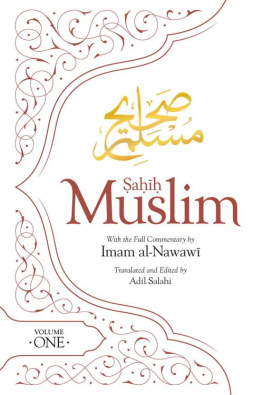
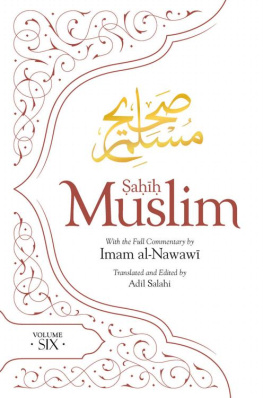
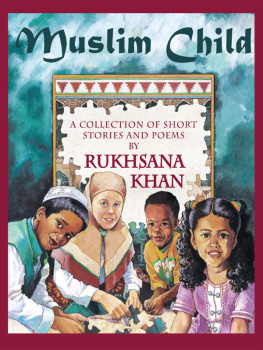
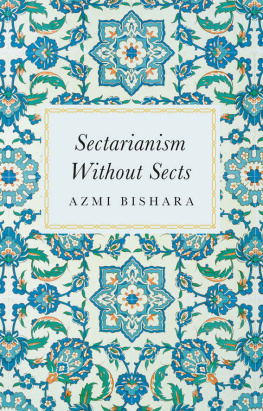
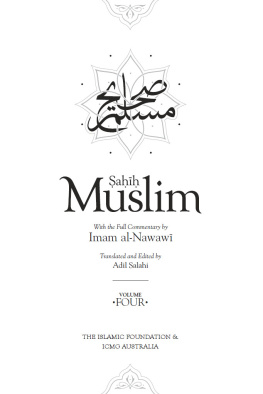

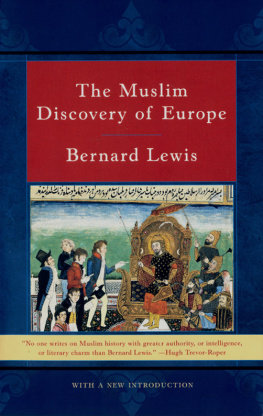
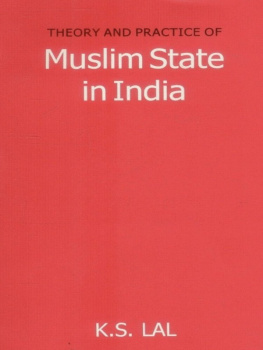
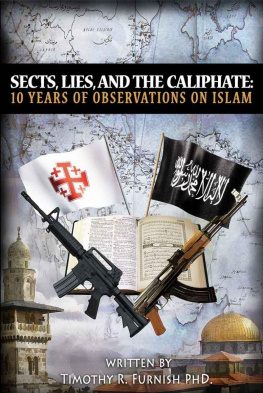


 (a work of the Imm of the Imms, Prince of the Sunnite Shaikhs, the Crown of Religion, the Proof of Certainty, Spokesman of Truth and Pillar of Shara).
(a work of the Imm of the Imms, Prince of the Sunnite Shaikhs, the Crown of Religion, the Proof of Certainty, Spokesman of Truth and Pillar of Shara).